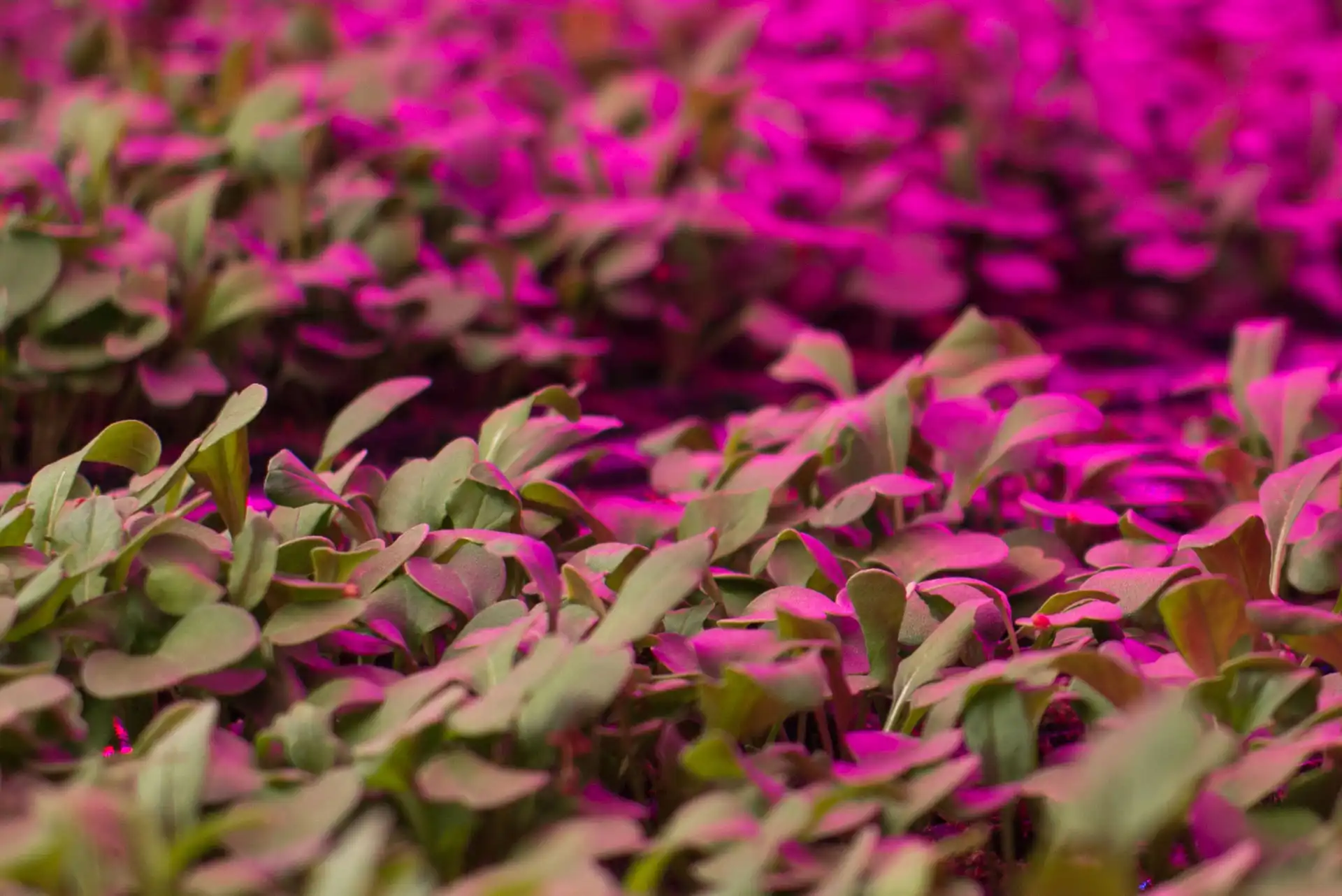Advances in automation and robotics for vertical farming
Tue, Jan 10, 2023
Read in 2 minutes
From increased efficiency to reduced labor costs, we delve into the potential benefits and challenges of the latest automation and robotics technology for vertical farming

As the global population continues to grow, the demand for food is increasing at an unprecedented rate. To meet this demand, farmers must find innovative ways to increase yields and efficiency while reducing costs. One solution that is gaining traction is vertical farming, which involves growing crops in stacked layers using artificial lighting and controlled environments. While vertical farming has the potential to revolutionize agriculture, it also presents unique challenges, such as the need for constant monitoring and maintenance. Fortunately, advances in automation and robotics are making it easier and more cost-effective to manage vertical farms.
Benefits of Vertical Farming Automation
Automation and robotics are becoming increasingly prevalent in agriculture, and vertical farming is no exception. These technologies offer a range of benefits, including increased efficiency and reduced labor costs. For example, robotic systems can automate tasks such as planting, watering, and harvesting, freeing up human labor for more complex tasks. They can also monitor and adjust environmental conditions in real-time, ensuring optimal growing conditions for each plant.
No mistakes
One of the most significant advantages of automation and robotics in vertical farming is their ability to reduce the risk of human error. With precise control over environmental conditions, automation and robotics can significantly improve crop quality and consistency. Additionally, automated systems can detect problems such as pest infestations or nutrient deficiencies early on, allowing growers to take corrective action before the problem becomes widespread.
Limits of Advancement
However, despite these benefits, there are also limitations to automation and robotics in vertical farming. For example, the initial cost of these technologies can be high, which may deter some growers from adopting them. Additionally, the complexity of vertical farming systems means that automation and robotics must be carefully integrated to avoid creating more problems than they solve. Finally, there is always the risk of technological failure or malfunction, which could have severe consequences for crop yields and profitability.
In conclusion, the potential benefits of automation and robotics in vertical farming are significant, and these technologies are likely to play an increasingly important role in the future of agriculture. However, as with any new technology, it is important to carefully consider the costs and benefits before making any decisions. With the right balance of automation, human oversight, and a commitment to ongoing innovation, vertical farming has the potential to help feed a growing global population while also addressing some of the most significant challenges facing agriculture today.